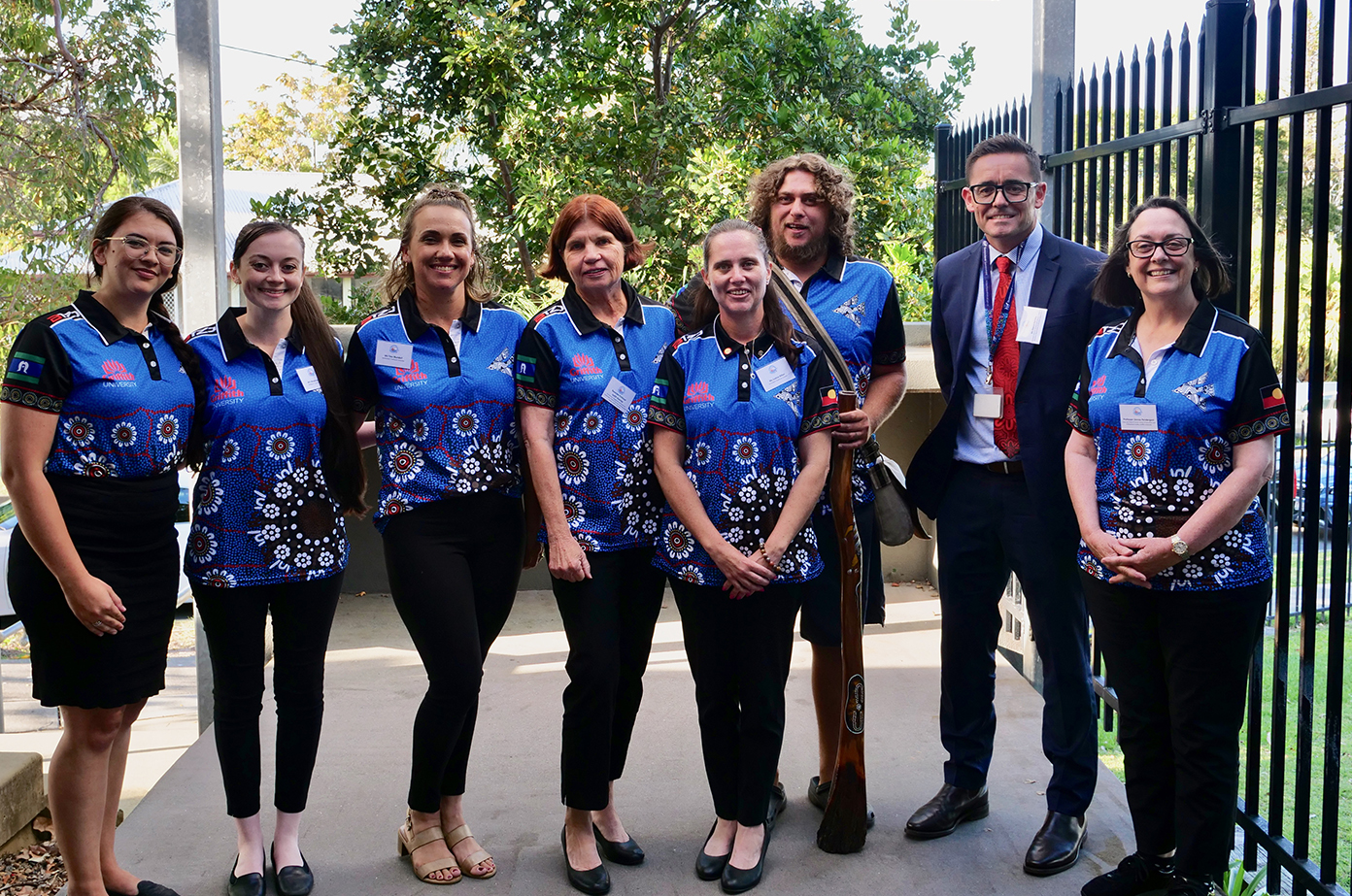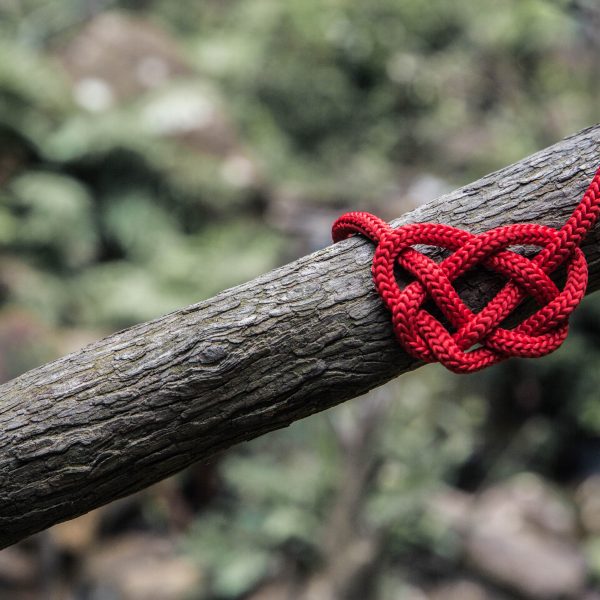Kombumerri Together project equips educators with ‘top class’ cultural tools

As Australia celebrates NAIDOC Week, acknowledging the 2020 theme Always Was, Always Will Be, students studying education at Griffith University are developing a greater understanding of the Kombumerri people and the Country on which the University stands, through a collaborative partnership.
Griffith University is located on Queensland’s Gold Coast, and students are now benefiting from the project, which has been in development for the past two years, through the provision of a range of engaging video and other cultural tools for use by educators.
The partnership is a collaboration between the University’s School of Education and Professional Studies (EPS), the Kombumerri Traditional Custodians, and the Queensland Department of Education.
The content features interviews with Kombumerri custodian Uncle Graham Dillon OAM, three of his grandchildren and two great nieces, all of whom are members of an extended family network and descendants of Andrew and Jenny Graham.
Professor Donna Pendergast, Dean and Head of the School of EPS, said the unique collaboration would bring a new perspective to locally relevant stories.
“This project has been driven by Gold Coast educators who were curious about how to respectfully embed Kombumerri histories and culture sensitively,” she said.
The knowledge and stories shared by these contributors have been passed down through generations of families and provide insight into how Country has always been a place of teaching, research and learning for Kombumerri people.
Beyond the bounds of the project, Griffith University also aims to incorporate these perspectives into teaching practices and increase awareness and appreciation of local cultural knowledge and recognise the Kombumerri people’s custodianship of the land that is home to the Gold Coast campus.
Justine Dillon said the project gathered Kombumerri knowledge and stories in a series of fifty short videos.
“As custodians of this land we have shared our personal perspectives, passed down through generations of families. The shared vision of this project has been to engage Gold Coast students in reconciliation, respect, and recognition of the world’s oldest continuous living culture.”
“We are incredibly thankful to Griffith for providing this opportunity to our people as well, because it is also building our cultural heritage capacity for people and our family who don’t know a lot about local culture and have had a disconnect,” she added.
While completing the project had moments of sadness for Ms Dillon, who said she “didn’t realise that I held so much knowledge and a lot of my family didn’t”, this was part of her ‘why’ for participating in the project, and ensuring that everyone can learn more about the culture and history of the Kombumerri people.
Although the stories have relevance to the primary curriculum, there is scope for the resources to be adapted for early years use. One video, for example, features Ms Dillon speaking about the number of ways used by Kombumerri to predict the weather, which was important for tasks like gathering food.
“I think it goes back to that flora and fauna relationship as well as telling from the elements,” she explains in the five-minute resource.
“Looking at the Sun, the Moon, the wind, everything they could tell to capture what was going on. We’d be going fishing and we’d always look at the Acacias, the orange and yellow. So, the orange when they were flowering, to us it means the mullet’s running, time to go hunt the mullet.”
Emerald Brewer’s contribution about Dreamtime stories provides a unique insight into the way generations learned about the dangers of the land or where they might find food.
“Dreamtime stories were important to the Kombumerri People of the Gold Coast because they were a way of sharing history that’s thousands of years old and they were also a way of telling our children and passing on to our children and their children’s children, different values that we held within our mob,” Ms Brewer explained.
“For example, one story that speaks of a Bunyip in the river, is a way of passing on to our children and their children’s children, keep away from the river because you might drown.”
“These stories were a way of sharing these values, giving warnings and they were also a way of letting our children know and other members of our mob, where different food sources were, where different significant sites were as well.”
All resources are now available online at https://kombumerritogetherproject.com/about/
For information on celebrating NAIDOC Week, please see here.
Popular

Workforce
Policy
Quality
Practice
Provider
Research
ECEC must change now, our children can’t wait for another inquiry
2025-07-02 07:47:14
by Fiona Alston

Workforce
Practice
Provider
Quality
Research
Supporting successful transitions: Big moves, big feelings
2025-06-26 11:00:30
by Fiona Alston

Quality
Practice
Provider
Research
ECEC in focus - Una Springwood’s intergenerational initiative brings young and old together through connection and care
2025-06-30 10:00:45
by Contributed Content












